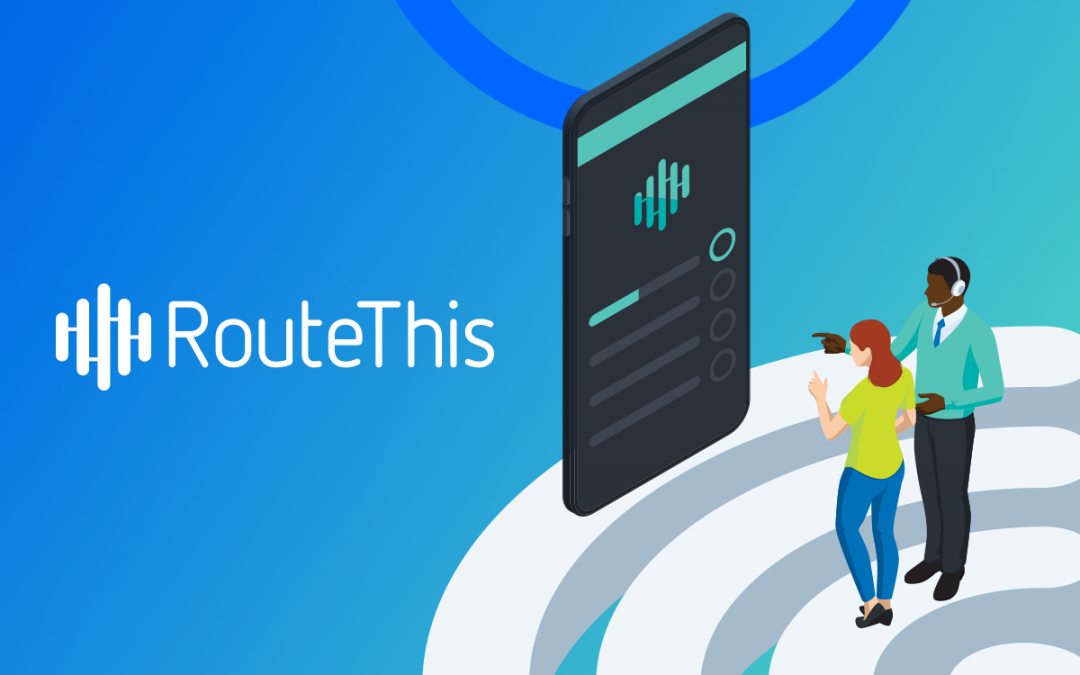According to a recent study by the Harvard Business Review, 81% of all consumers want to be able to independently resolve their issues before reaching out to a support agent. Thanks to the global pandemic, the demand for self-support has become increasingly common as more and more people continue to work from home.
For broadband and internet service providers, incorporating self-service support options can significantly aid support teams in managing their workload and providing customers with the best possible experience. However, some service providers are hesitant to implement such options for internet performance issues due to their technical nature and specificity, which can make it difficult for the average homeowner to resolve issues on their own.
However, there are three key benefits service providers can realize by implementing self-service support options for their customers:
- Improved customer experience
- Reduced overhead support costs
- Increased support efficiency
Let’s break down each of these a bit further.
Benefit 1: Improving the customer experience
With 81% of consumers wanting to self-serve, they often first turn to search engines when self-help options aren’t provided by their service provider. This can often lead to frustration and time spent searching for a generic solution that may or may not solve their issue.
So, why do so many people try to resolve issues on their own without contacting their service provider for support?
- It’s more convenient - Available 24x7, customers can try to find the solution even if the support centre is closed
- It’s faster - nearly 60% of consumers say being put “on hold” is the most frustrating part of customer service
- It often means they get a more consistent experience
Providing self-service options for your customers can be an effective way to provide the most accurate and beneficial technical resolution that the majority of your users may be seeking. This serves as a bonus for both your customers and your organization.
Benefit 2: Reducing overhead support costs
With the right approach, introducing self-service support options can actually help reduce operating expenses. According to research from Gartner, a properly rolled-out self-service program can eliminate up to 40% of support calls before they happen.
So, let’s do some calculations. Imagine a Service Provider with 35,000 subscribers gets 15,000 support calls (or emails, live chats, etc.) in a year. On average, those can cost around £4.15 – 7.70 per contact, which is about ~ £62,183 – 115,483 per year.
By contrast, according to our research, self-service support typically costs £0.06 per contact. If 40% of those calls are reduced to £0.06, the Service Provider would save about £24,518 – £45,838 per year. These savings continue to multiply with larger install bases.
Benefit 3: Increasing support efficiency
Providing customers with the necessary resources to solve their own problems, reduces the overall volume of support required. This, in turn, allows support agents to prioritize their workload more efficiently. As a result, they can dedicate more time towards complex calls and improving key performance indicators (KPIs), such as:
- Call Volume
- Average Handle time
- First Contact Resolution
- Hold Times
- Truck Roll Rates
A recent study conducted by Microsoft revealed that 35% of consumers consider the ability to resolve their issues in the first interaction as the most crucial aspect of customer service. By enabling your support agents to concentrate on KPIs that facilitate this, efficiency becomes another avenue to enhance the overall customer experience.
In summary, service providers interested in investing in the customer experience, reducing operating expenses and increasing efficiency should consider self-support options, even for technical issues.
RouteThis can help! Our end-to-end software solutions help today’s service providers install, troubleshoot and resolve your subscriber WiFi connectivity issues. To learn more, please visit routethis.com.

